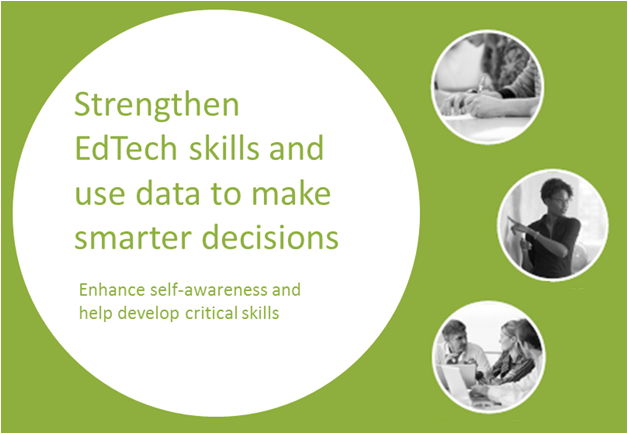Teachers are told to differentiate and personalize learning opportunities for our students, but that is not done for them in professional development. The result can be disengagement and a feeling of resentment from teachers who are not challenged by PD sessions. A report by Teach Plus estimates that 56 percent of teachers are unsatisfied with the professional development currently offered by their school or district.

Schools can particularly gain more traction with teachers in planning professional development for EdTech skills. Because while technology is an inevitable force transforming our classrooms, teachers often struggle with adjusting their pedagogy skills and, as a result, school districts under-utilize their investment in technology. According to EdSurge, 90 percent of teachers believe that technology is essential to the success of their classrooms, but nearly two-thirds of those same teachers do not believe they've received adequate training to technologically equip their classrooms.
In order to plan professional development, schools often align to broader frameworks like ISTE or InTASC. While it’s helpful to adhere to these overarching standards, the big question is how do you know who needs what kind of training? When considering personalization of training, consider these 5 ideas:
- Ask for teacher input or at least collect data about what teachers already know and don’t know so groups and topics can be crafted to begin the personalization process.
- Offer choice based on collected data so teachers can own their learning with topics of need and interest.
- Identify and recognize leaders from within to build a cohort of faculty who excel in certain areas to teach their peers.
- Provide time for teachers to experience and practice what they are tasked with learning so they feel comfortable using the new skills in their classroom.
- Follow with sustained support so teachers feel more comfortable taking risks and have time to master new skills.
Some of these ideas are easier to implement than others but having a common point of understanding about what “right” looks like when it comes to EdTech sklls, which teachers excel in some areas and which teachers need support in other areas is the first step to creating an engaged and meaningful professional development experience for every teacher.
One way to strengthen teachers and use data to make smarter decisions about PD can be based on the technology-driven approach that enhances self-awareness. By aligning upfront awareness about critical teaching skills to the right training at the right time saves teachers a lot of time and saves schools money and resources while improving student outcomes. The right technology-based partner should do the heavy lifting of data collection and analysis to help the district provide PD sessions and support.
It is time to utilize technology to gather the data for a smarter PD program for every teacher. Student outcomes depend on it.

